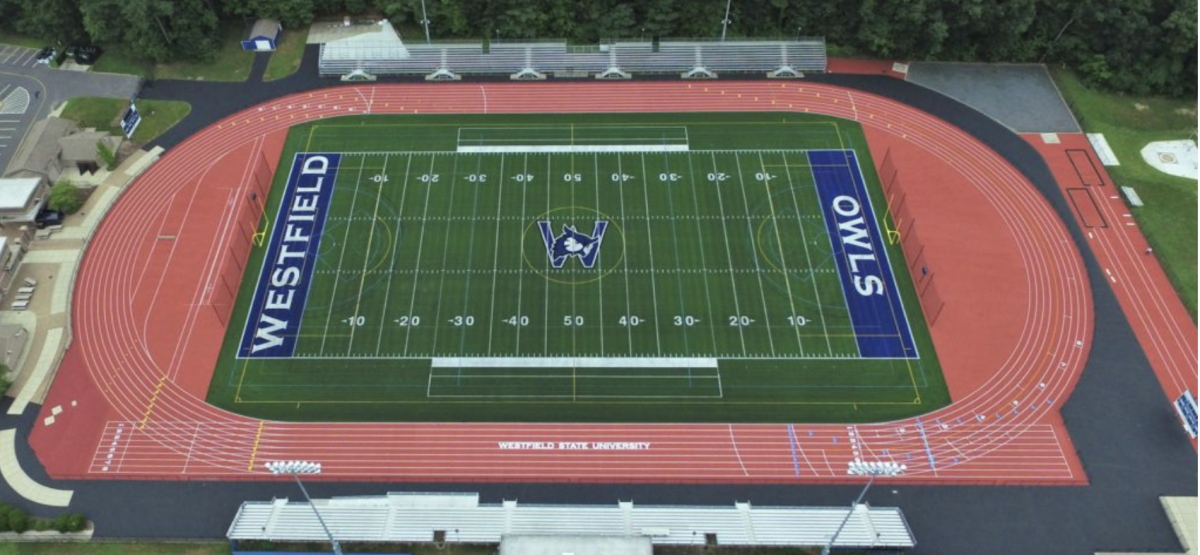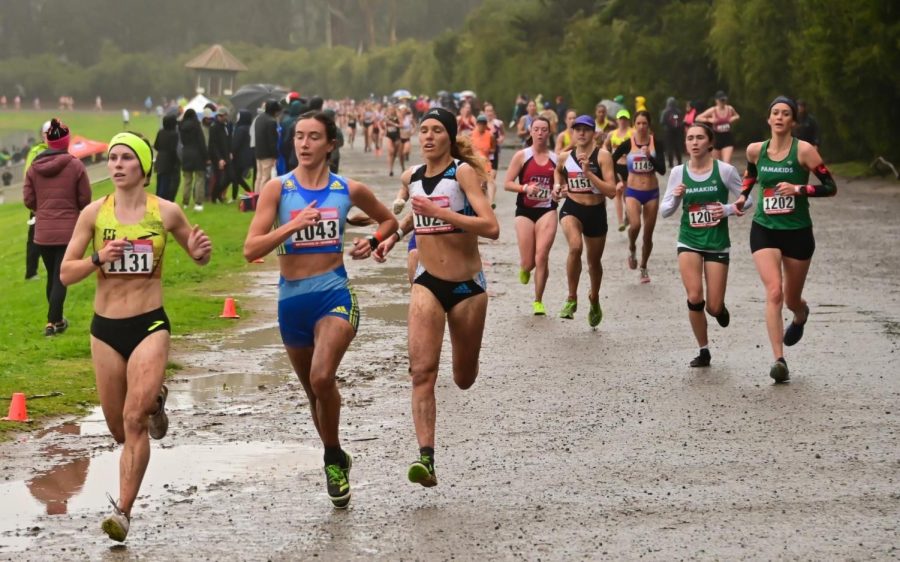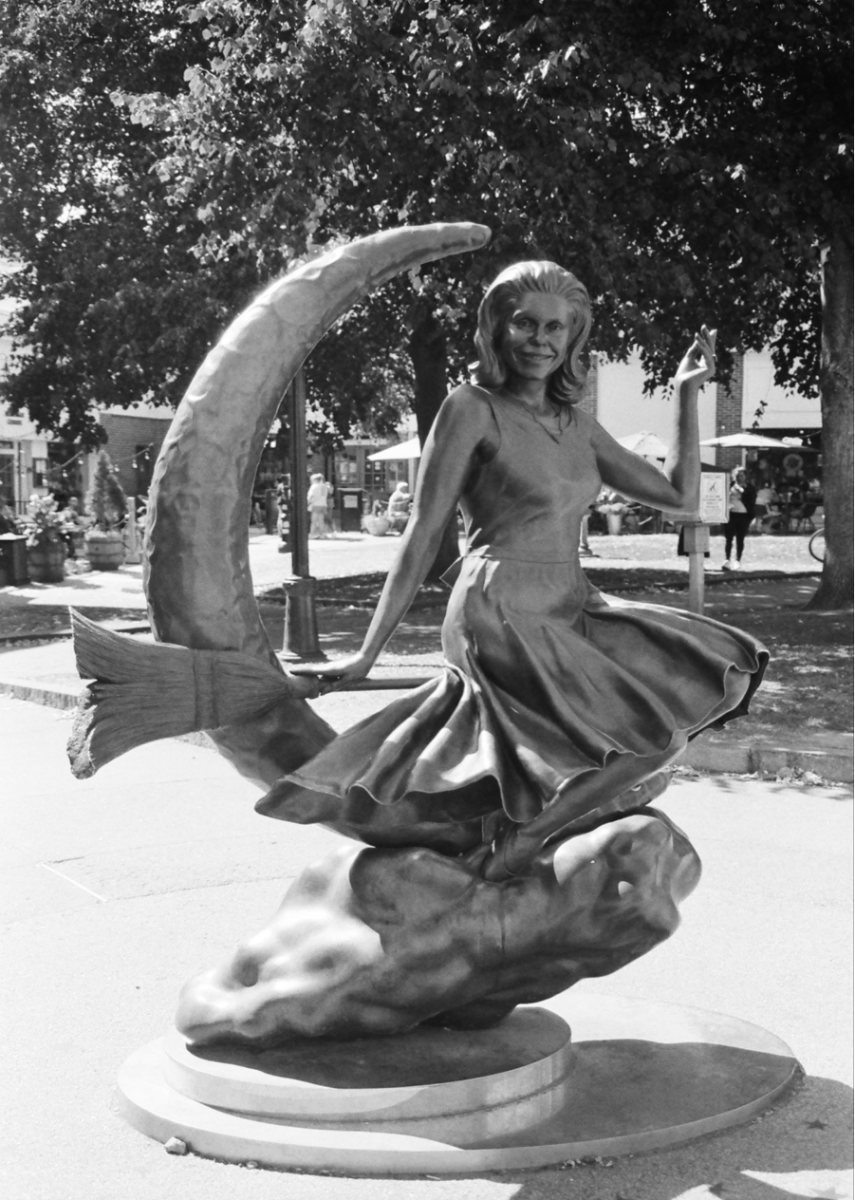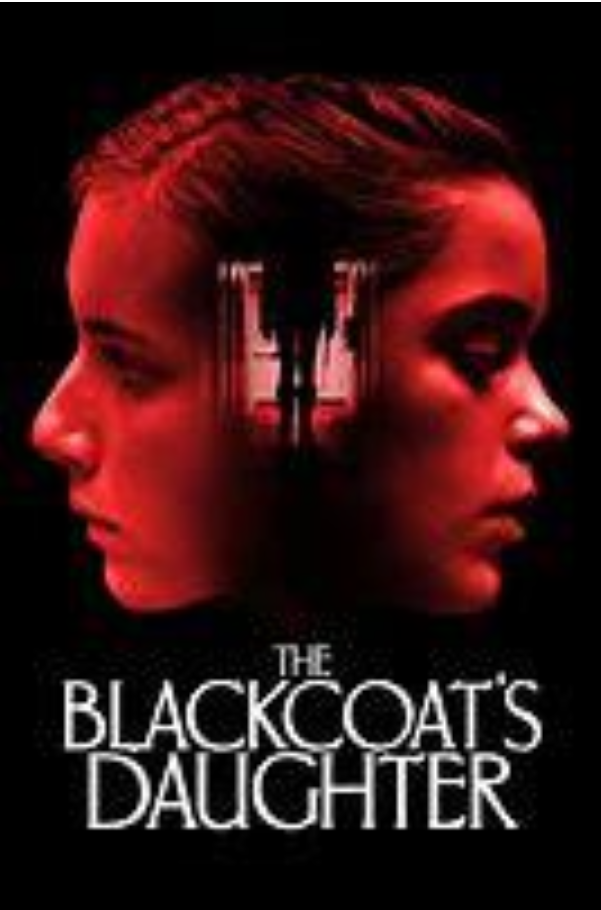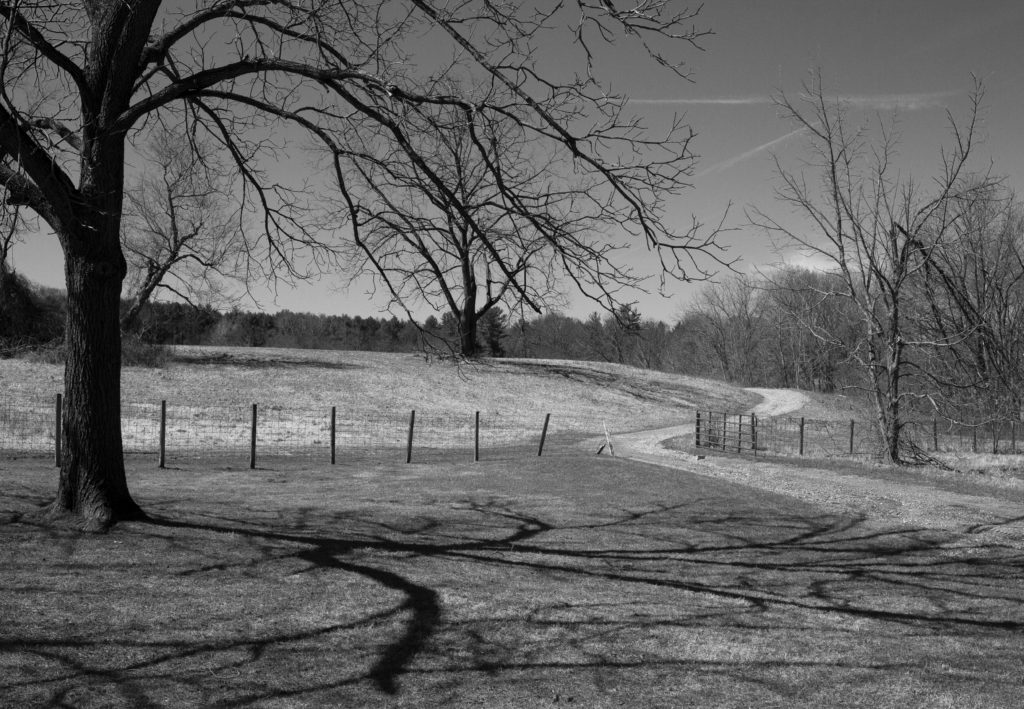In so many ways, 2024 is the start of a new era for Westfield State football. A new head coach with a mostly new coaching staff, a new sense of energy among the team (at least from what I can tell), and a wildly different offense from what modern football fans are used to seeing.
Notice how I said “different” when I referred to the new offense, which is a triple option. The triple option might look unusual, but in reality, it’s a classic offense that used to be really popular, and its effect on football is timeless, with most teams in high school and college football and some NFL teams running option-based plays.
There are a few different formations teams have run the triple option out of, but for this article, we’ll be talking about how it’s run out of the flexbone (a.k.a. double wing). A flexbone formation is a tight formation in football where the quarterback is lined up under center, with two wingbacks (called A-backs in the triple option) lined up just behind the two tackles or tight ends, and a fullback (B-back) lined up just behind the quarterback.
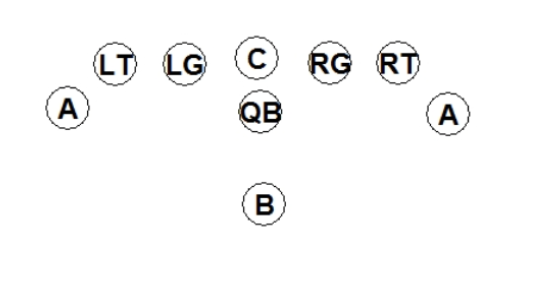
The triple option is a run-based offense with 3 possible ball carriers on most plays. As I describe how it works, try to picture it being run from the flexbone formation shown above. A triple option play begins with the quarterback taking the snap and holding the ball out for a possible handoff to the B-back. The playside tackle blocks inside, and the quarterback reads the defensive end. If the defensive end is keying on the quarterback, he hands it to the B-back. If he keys in on the B-back, the quarterback takes it himself. When he gets outside, he reads the outside linebacker. If the linebacker goes for the quarterback, he pitches it to the backside A-back, who is trailing just behind the quarterback. If the linebacker plays the outside, the quarterback runs it himself. Triple option offenses stick with that setup while mixing in different blocking schemes and tight ends up front.
To run the triple option, teams need a quarterback that can run the ball well. But more importantly, he has to be quick thinking and confident in order to react to what the defense shows and make decisions in less than half a second.
Aside from the triple option plays, Westfield’s main plays have been fullback dive, which is the first part of a triple option play, just with an automatic handoff to the B-back. A few quarterback sneaks too. Rocket toss has also been a major play, which is a toss sweep with the A-back coming in motion and taking a toss from the quarterback. A lot of their option and non-option plays involve one of the A-backs motioning away from the backfield, leaving the backfield looking more like a wing-t.
Triple option teams don’t usually throw the ball, with some triple option teams not even throwing 5 passes a game. Westfield seems to throw the ball a lot for a triple option team though, and surprisingly, a lot of their pass plays are drop-back passes instead of play-action. QB Gabe Fernandez threw 23 passes against Anna Maria, completing 9 of them, while Ryan Scott went 2 for 4 on pass attempts. Against Bridgewater was a lot more of the ground game that you’d expect from a triple option, with Gabe Fernandez and Ryan Scott only throwing 13 passes combined throughout the game. Against WestConn, Fernandez went 8 for 20 passing the ball, while Ryan Scott briefly went into the game, attempting one pass. I know a lot of the players on the football team since I worked with them last fall, and talking to the quarterbacks, they don’t like running the triple option because they all love to throw the ball. Most of the other players I’ve brought it up to don’t feel a certain kind of way about it.
Here are my personal thoughts. Westfield State ran a spread offense for years before now, which these days is the most common style of offense throughout football, although NFL teams mix schemes a little bit. Going from running the spread to the triple option is like speaking English one day, then suddenly starting to speak Chinese the next day. The schemes are so different that a lot of players on the roster are having their talent wasted. Most of Westfield’s offensive players were recruited for the spread, not the triple option. I think Westfield should mix the spread with the triple option for now. Run both schemes to get the most out of the players we have, and as the spread recruited players start to graduate, the team can transition to a full triple option team like they’ve been this season. In the meantime, it’s important that the team gets the best out of who they have with what they already know.




